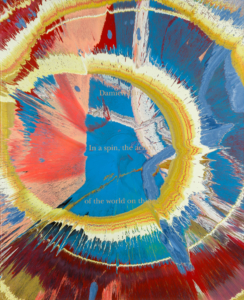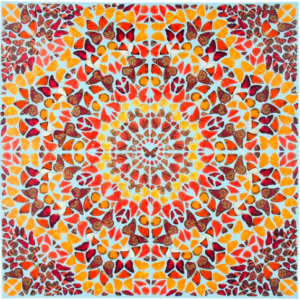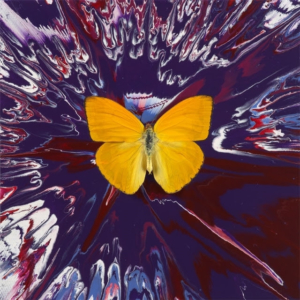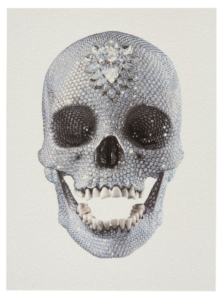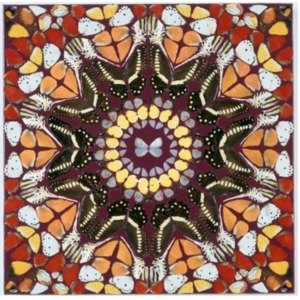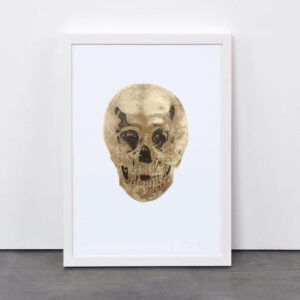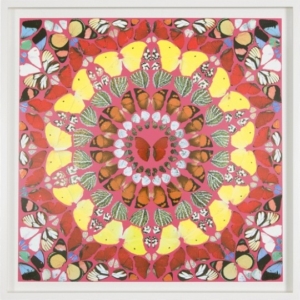Minnie (large), 2016
From an edition of 50
Signed and numbered
60 × 48 inches (152.4 × 121.9 cm.)
Framed
All works are inspected prior to delivery, work will be sent out tracked and insured at buyers cost. If you'd like to make specific arrangements or discuss collection then please contact us directly.
Accepted: Wire transfer
ART PLEASE Assurance Policy: Every ART PLEASE seller has been approved by ART PLEASE after a thorough review. All of our sellers are required to accept the following ART PLEASE policy: A buyer may return an item purchased through ART PLEASE, if the item received is not as described in its listing, or is found to be unauthentic.
Damien Hirst, a leading figure in contemporary art, is renowned for his bold exploration of themes such as life, death, and consumerism. His works often merge high art with popular culture, challenging traditional boundaries and provoking thought about value and meaning in modern society. Throughout his career, Hirst has employed a variety of media—from formaldehyde-preserved animals to diamond-encrusted skulls—always seeking to confront the viewer with the transient nature of life and the seductive allure of luxury and materialism. His fascination with both beauty and decay often results in works that are visually captivating yet conceptually charged.
Hirst’s 2016 artwork Minnie (large) exemplifies his engagement with popular culture and aesthetics. This silkscreen print with glitter, measuring a grand 60 × 48 inches, was produced in an edition of 50, blending high-end artistic techniques with the recognizable iconography of Disney’s Minnie Mouse. By incorporating glitter, a material associated with childhood and playfulness, Hirst adds a layer of glamour to the beloved cartoon character, while simultaneously alluding to the commodification of culture. The work reflects Hirst’s ongoing interest in how icons and symbols—whether related to art, religion, or commerce—are imbued with value. With its bold imagery and sparkling finish, Minnie (large) bridges the gap between fine art and mass culture, reflecting Hirst’s skill in merging popular symbols with deeper existential themes.




